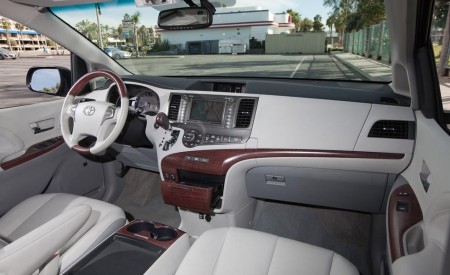Since its inception in 1885, when German engineer Daimler invented and manufactured the world's first motorcycle powered by a gasoline engine, motorcycles have undergone more than a century of development.
The original motorcycle, which is now on display at the Museum of Science and Technology in Munich, Germany, was a groundbreaking invention patented by Daimler on August 29, 1885.
Limited by the technology of the time, early motorcycles differed significantly from their modern counterparts in terms of appearance, structure, and performance. The frame of these primitive motorcycles was made of wood, and the wheels were also constructed using wood, with an added layer of iron for reinforcement.
The engine was placed on several square wooden frames attached to the bottom of the frame, and small support wheels were installed on each side to prevent tipping when the motorcycle was stationary.
As a result, these early motorcycles had four wheels in contact with the ground. The single-cylinder fan-cooled engine, connected to the rear wheels via a belt and a two-stage gear reduction drive, provided the power for forward motion.
Despite their rudimentary design, motorcycles have undergone continuous improvement and innovation over the past century, leading to the development of millions of modern motorcycles. The overall appearance of motorcycles has become more streamlined and sleek, while their functionality has become more diverse.
Initially, motorcycles were primarily designed for practical purposes, and both the engine performance and body structure were relatively simple. The engine displacements were generally less than 200cc.
One popular type of motorcycle commonly seen in urban areas is the scooter. Scooters are particularly favored by female motorcyclists due to their ease of operation and comfortable riding experience. Scooters come in various sizes and structures, and they can be classified into three categories: small, medium, and large.
These categories further include subsets such as accessible small scooters, sporty small scooters, cruising small scooters, retro small scooters, medium and large cruising scooters, medium and large sporty scooters, and large twin-cylinder cruising sporty scooters, among others.
For motorcycle enthusiasts, owning a powerful and stylish high-displacement motorcycle is often a dream come true. However, while pursuing their dreams, riders face challenges such as fuel consumption, maintenance costs, and insurance expenses (excluding watercraft).
The weight of the motorcycle itself is a crucial factor affecting fuel consumption. Additionally, the rider's skills and riding techniques directly impact fuel efficiency. Actions like harsh acceleration, failure to upshift at high RPMs, and frequent stops and starts during the ride contribute to increased fuel consumption.
Monitoring the instantaneous fuel consumption through a fuel consumption gauge can provide riders with insights into their riding habits that may lead to excessive fuel consumption.
The highest moment of instantaneous fuel consumption occurs during frequent stops and subsequent starts. By minimizing such occurrences and opting for longer highway rides, riders can effectively reduce fuel consumption.
Additionally, the weight of the luggage carried on the motorcycle, including side boxes and tailgate, increases the overall weight and wind resistance, both of which contribute to higher fuel consumption.
Motorcycles have come a long way since their humble beginnings. From the primitive wooden-framed machines of the late 19th century to the modern, technologically advanced motorcycles of today, the industry has witnessed remarkable transformations.
As riders continue to pursue their passion for motorcycles, they must consider factors such as fuel efficiency, maintenance costs, and insurance expenses, while also appreciating the significant advancements that have shaped motorcycles into the diverse and thrilling vehicles they are today.



